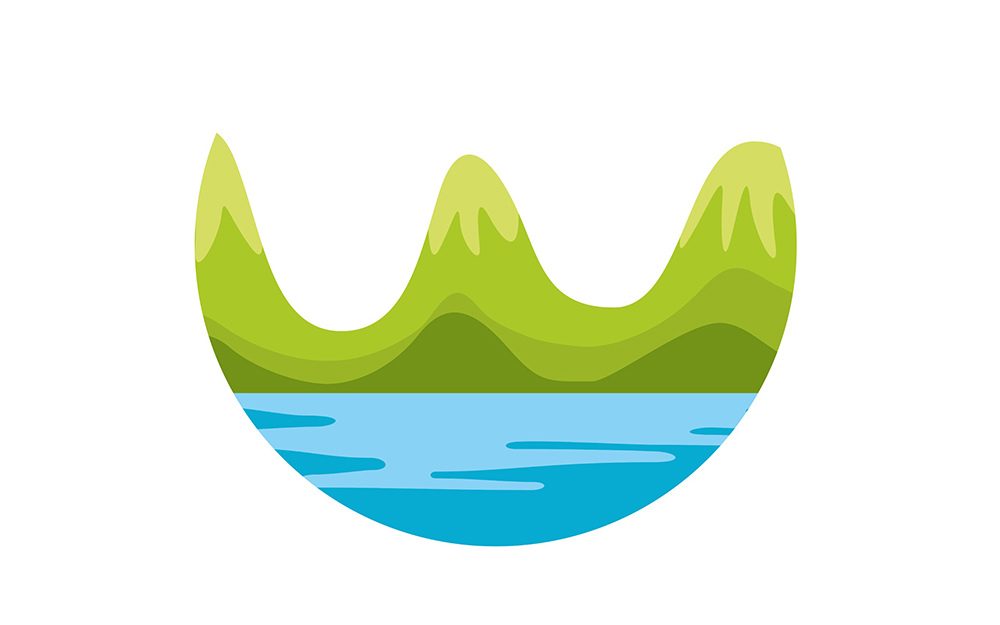Great Lake (Tasmania)

The Great Lake is a natural lake and man-made reservoir that is located in the central northern region of Tasmania, Australia.
Fed by the Pine Rivulet and Breton Rivulet, the original natural freshwater lake, much smaller in size than its current 176-square-kilometre surface area, was expanded as a result of the 1922 construction of Miena Dam #2 at its southern outflow into the Shannon River. This dam is considered to be of high heritage value by Engineers Australia.
Miena Dam #2 created the once-famous Shannon Rise, in the 500-metre section of the Shannon River between the dam and Shannon Lagoon. The hatching of thousands of caddis moths in early summer, attracted large numbers of trout and fishermen.
In 1967, a sloping-core rock-fill dam was built just downstream of Miena Dam #2 to increase the maximum-capacity level, destroying the Shannon Rise. It was raised a further six metres in 1982, causing Miena Dam #2 to be periodically submerged.
After Lake Pedder, the Great Lake is the states third largest freshwater lake. It is known for its fantastic fly fishing opportunities, particularly after a wet winter or spring when water levels are high, trout can be found tailing in the shallow, flooded margins of the lake which provides excellent sight fly fishing.
At 1,030 metres above sea level, the lakes uses include hydro-electric power, fishing, and tourism. Water from the lake flows into Poatina Power Station to generate hydro-electric power.





